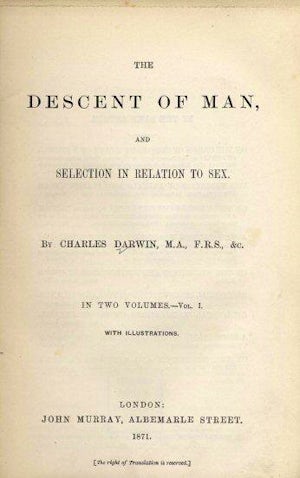1969 K.G. McWhirter and J. Weijer publish “The Alberta Sterilization Act: A Genetic Critique” in The University of Toronto Law Journal. McWhirter and Weijer called into question the manner in which individuals were labeled as mentally retarded and the label used as justification for sexual sterilization in Alberta. They provided examples of instances in which individuals that were sterilized were later shown to be of demonstrably normal mental ability and who were unhappy with what had been done to them without their consent. (Parental consent was often provided as these individuals were often sterilized before the onset of puberty). The paper is notable for being opposed to the Alberta Sterilization Act.
Consent
McWhirter and Weijer provide background information on the history of the Sexual Sterilization Act of 1928, and its revisions in 1937 and 1942, which authorized a board to remove the “power of procreation” from individuals who were assessed as likely to transmit mental disease to their progeny or to be further mentally damaged by reproduction or to endanger any children they might have. The act covered (albeit with varying levels of consent needed) persons diagnosed as psychotic or mentally defective as well as those suffering from deteriorating neurosyphilis, epilepsy, and Huntington’s Chorea. The authors criticized the ambiguity of consent needed in many cases as well as the freedom from liability that the Act provides for any person acting under it “in good faith.”(425)
Similarities with Nazi Germany
McWhirter and Weijer find similarities between the Alberta and German eugenic sterilization programs stating that in each instance the approach to whom should be sterilized reflected the “personal biases as to which characteristics were desirable and which undesirable.” (425) Further, the authors found that the Social Credit government responsible for the Alberta Sexual Sterilization Act had “anti-Jewish leanings,” and expressed “Bible Belt fundamentalism” which “provided and still is providing an anti-scientific environment which permitted the maintenance of this act.” (425)
Problems with nomenclature
McWhirter and Weijer also point out that the nomenclature used in the Alberta Act is non-medical, which allows it to be broadly interpreted as neither psychotic nor mentally deficient have a measurable quality.
Genetics
McWhirter and Weijer also point to the fact that persons with chromosomal and genetic disorders that can potentially cause them in some cases to be “mentally subnormal” are less likely to reproduce due to social isolation, reduced sex drive and earlier mortality which in turn renders the actual benefit of sterilizing individuals to prevent these conditions as negligible. In other instances, when “retardation” was caused by “mutational conditions which have an influence on the metabolism of the patient” (428) then left to nature these individuals would not survive to reproductive age. While the authors deny that this should be the case they do address the issue as to whether these individuals, who with the aid of medical intervention now survive longer, should be advised against reproducing. In instances other than those mentioned above, when the “mental retardation” was found to be the result of a dominant gene, the authors argued that the individual was most likely to need institutional care, thus negating the opportunity for reproduction and the benefit of sexual sterilization.
The authors also demonstrate the reactionary nature of the Sexual Sterilization Act by citing the way in which it targets sufferers of Huntington’s Chorea which has an onset late in life, well past the reproductive years to the point that the afflicted persons children will likely be past reproductive years as well by the time that they find out that they may be genetically predisposed for the disease. Once again. the need for forceful sexual sterilization was rendered absurd.
Conclusion
McWhirter and Weijer condemn the “dangerously wide” powers granted the Eugenics Board of Alberta, which was still in operation at the time of this article. They also criticized the “scientifically illiterate” nature of the Act, specifically in regards to the available information of 1969, that allowed the Act to justify “gross violations of human rights." They also recognize the social bias written into the Act by noting that those most likely to fall victim are “persons and families who are likely to be young, poor, uninfluential, and certainly unlikely to resist.” (430)
The full text of the paper is available through JSTOR.
-Leslie Baker
McWhirter, K.G., & Weijer, J. (1969). The Alberta Sterilization Act: A Genetic Critique. The University of Toronto Law Journal, 19(3), 424-431.
 1869:
Galton publishes Hereditary Genius
1869:
Galton publishes Hereditary Genius
 1871:
Charles Darwin publishes The Descent of Man
1871:
Charles Darwin publishes The Descent of Man